Costa Rican Red Wine Solar | Aguirette three Brothers processing Plant, unique Red Wine Sun treatment
Costa Rica Tempranillo
Costa Rican red wine fermented in the sun
Producing area: Western valley producing area
Processing plant: Arquetley Brothers processing Plant
Soil: volcanic soil
Altitude: 1600 m-1700 m
Variety: Kaddura, Kaduai
Treatment: red wine sun fermentation
| 01 | production area profile |
Arquetley Brothers processing Plant
Costa Rica is located in the Central American isthmus, and is simultaneously regulated by Pacific and Atlantic currents and sea breezes. There are many towering volcanoes up to 2000 meters above sea level in Costa Rica. Coffee berries grow slowly in the fertile volcanic ash soil and cool environment at high altitude, giving birth to coffee beans with complete and rich flavor. The first place in Costa Rica to grow coffee was on the slopes of the Poas and Barva volcanoes, today known as the Central Valley (Central Valley). After years of development, there are now seven major coffee-growing areas, with soil consisting of successive layers of volcanic ash and dust.
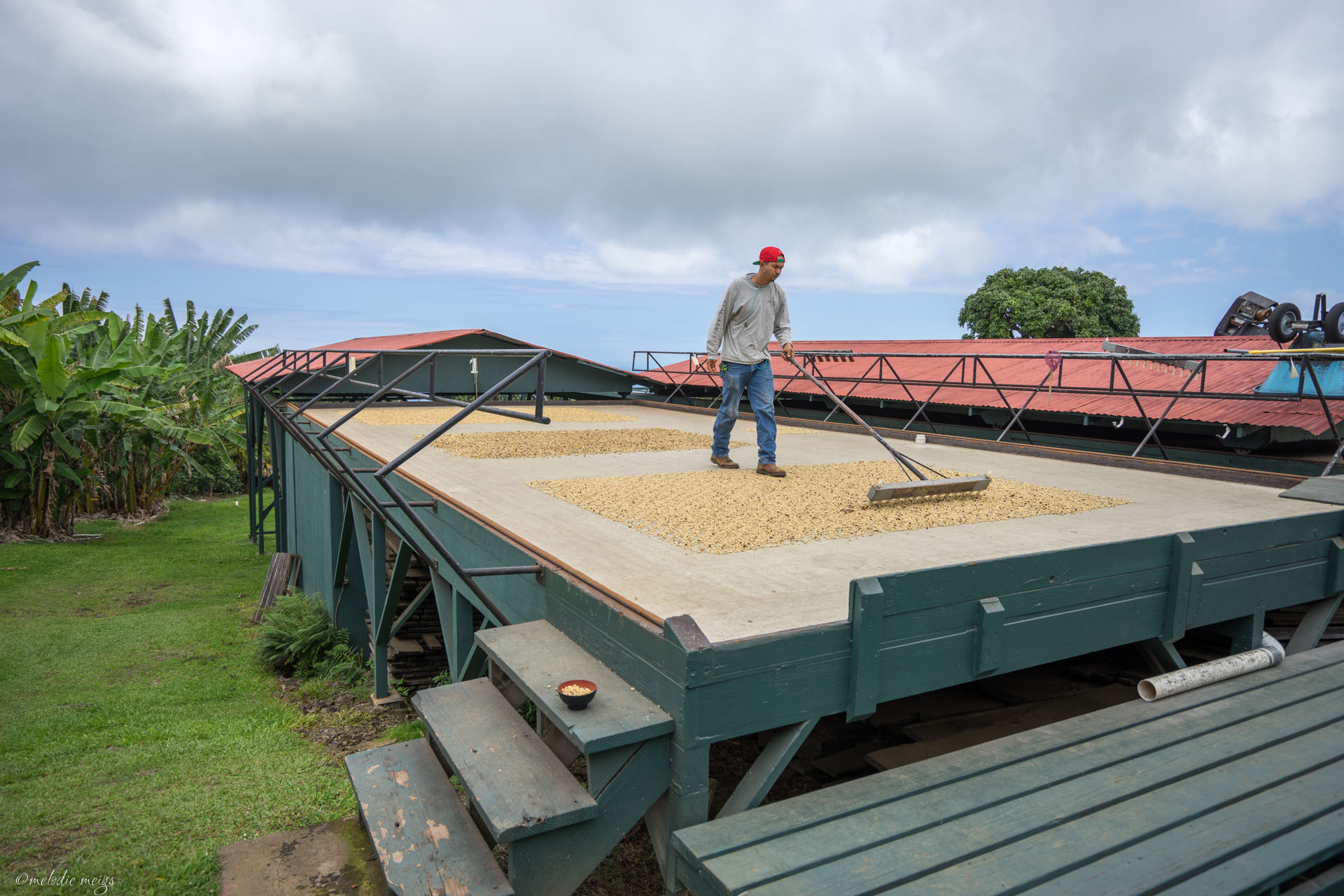
Planting history
When Don Edgar Don Edgar Aguilera built Costa Rica's first coffee factories 70 years ago, he had no idea that his children would start a project to give their coffee a place in different parts of the world. Since 2007, when the prices set by the fresh coffee market were very low, the Aguilet brothers decided to sell the coffee at a better price, so they began to set up a micro-processing plant. They started processing fresh coffee fruit from 200 Fanega, a unit of land survey in Central America, and now they can handle fresh coffee fruit from 1500 Farneg. Now, 12 Aguilet brothers work hard every year to improve the quality of the coffee they produce.
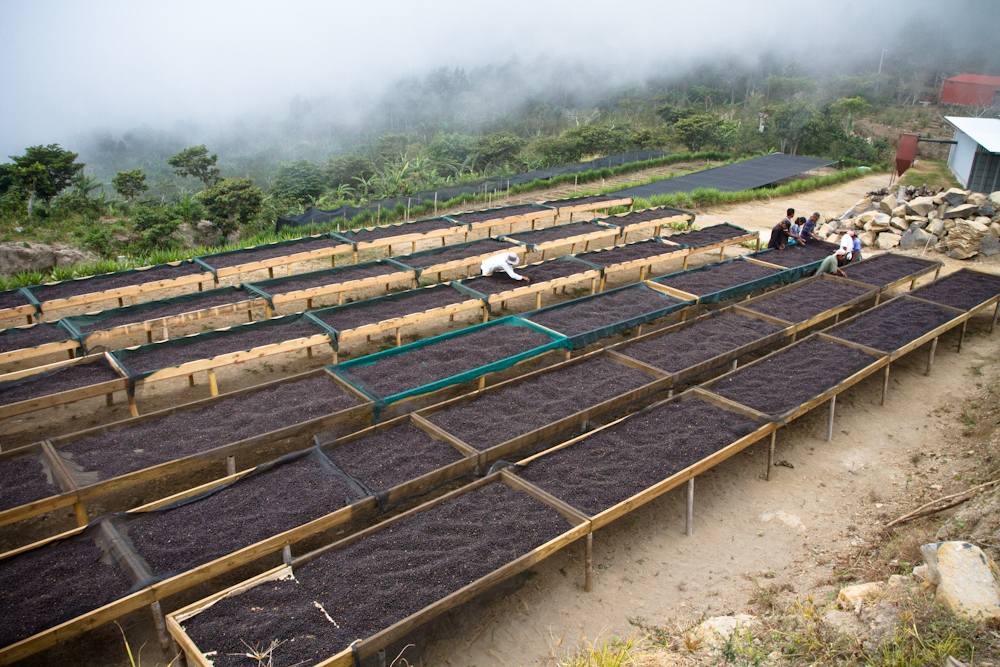
The Aguilet brothers usually manage the family's six farms and micro-processing plants and recruit pickers to help during the busy harvest season. After inheriting the farm from their parents, the brothers are now integrating the third generation into the family business.
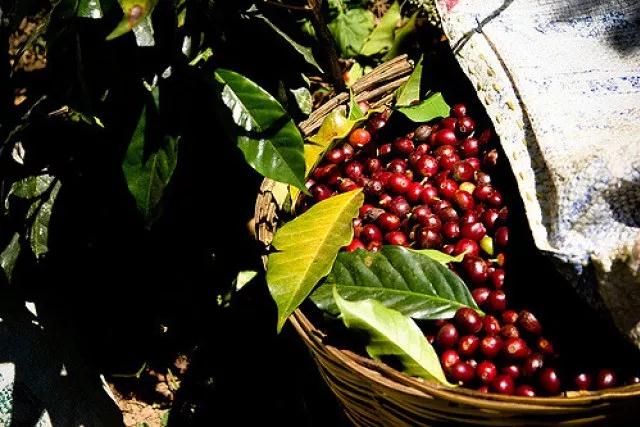
Main varieties
The main variety is Kaddura, a single gene variety of Bourbon bourbon, which was found in Brazil in 1937. Its production capacity and disease resistance are better than bourbon, and the tree is shorter and easier to harvest. Unfortunately, like bourbon, it has the periodic problem of production capacity fluctuation every two years. But its flavor is comparable to or slightly worse than bourbon beans, more importantly, super adaptability, no shade trees, direct exposure to the sun can also be full of vitality, commonly known as exposed coffee (Sun Coffee), can adapt to high-density planting, but must apply more fertilizer to increase the cost, so the acceptance of coffee farmers is not high in the initial stage. Suitable for planting in the high altitude area from 700m to 1700 m, the altitude adaptability is very strong, but the higher the altitude, the better the flavor, and the production capacity is relatively reduced.
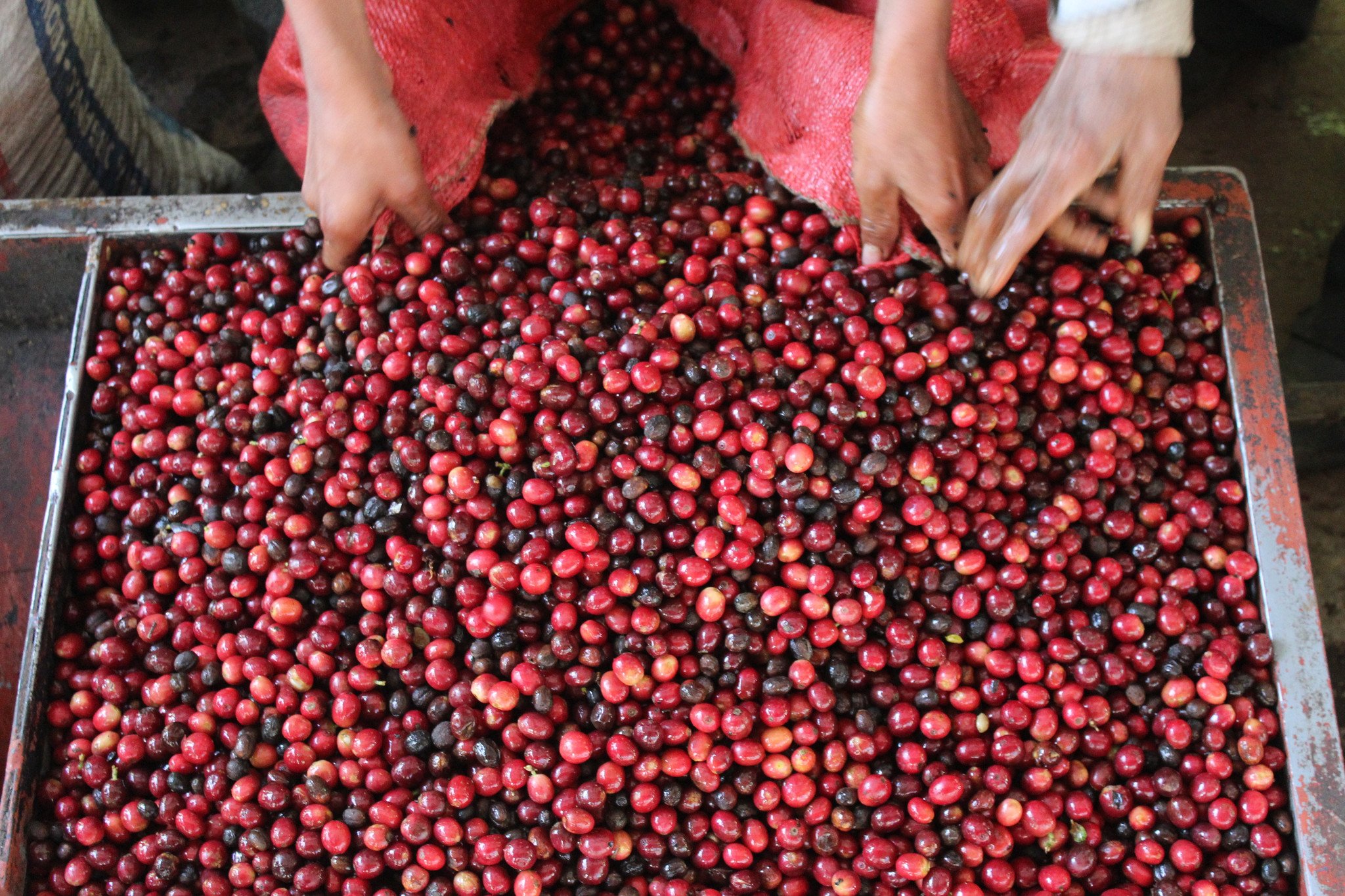
02 | processing method
1. First, put the peeled berries in a stainless steel container. The use of stainless steel containers makes the coffee more clean.
2. Put the container of raw beans indoors, and the indoor temperature will be strictly controlled, for temperature control, and temperature for coffee treatment.
After moving to the indoor area where the temperature is controlled, the next step is to seal the container.
4, after full injection of carbon dioxide, in the absence of oxygen, it will slow down the decomposition rate of pectin, sugar in mucus, and PH value will decrease more slowly, which means that there will be less glycolic acid. Under the condition of 22 ℃, the dry body can be fermented for 3 days without the taste of dryness and acetic acid, and the fermentation time will be longer at lower temperatures.
Finally, take it out and dry it.
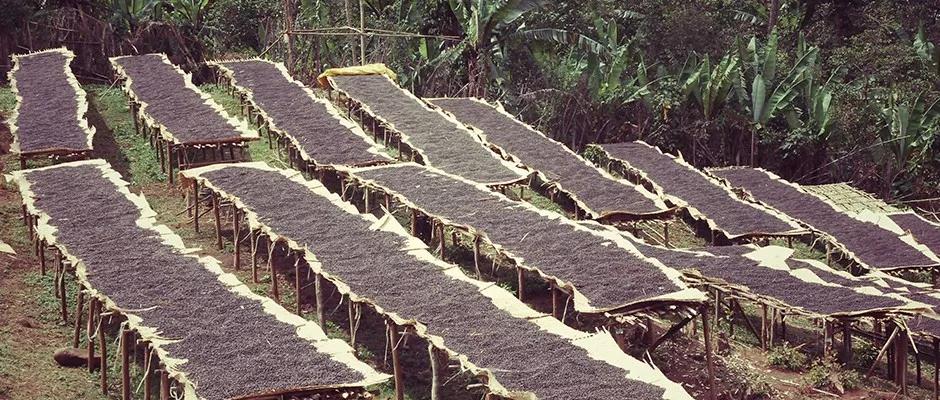
03 | Analysis of raw beans
[Costa Rican red wine fermented in the sun] is Kaddura, with strong fermented red wine aromas, soft raspberry acid, nuts, roasted hazelnuts, floral and cool aftertaste, and more obvious red wine flavor at room temperature, like drinking ginseng tea.
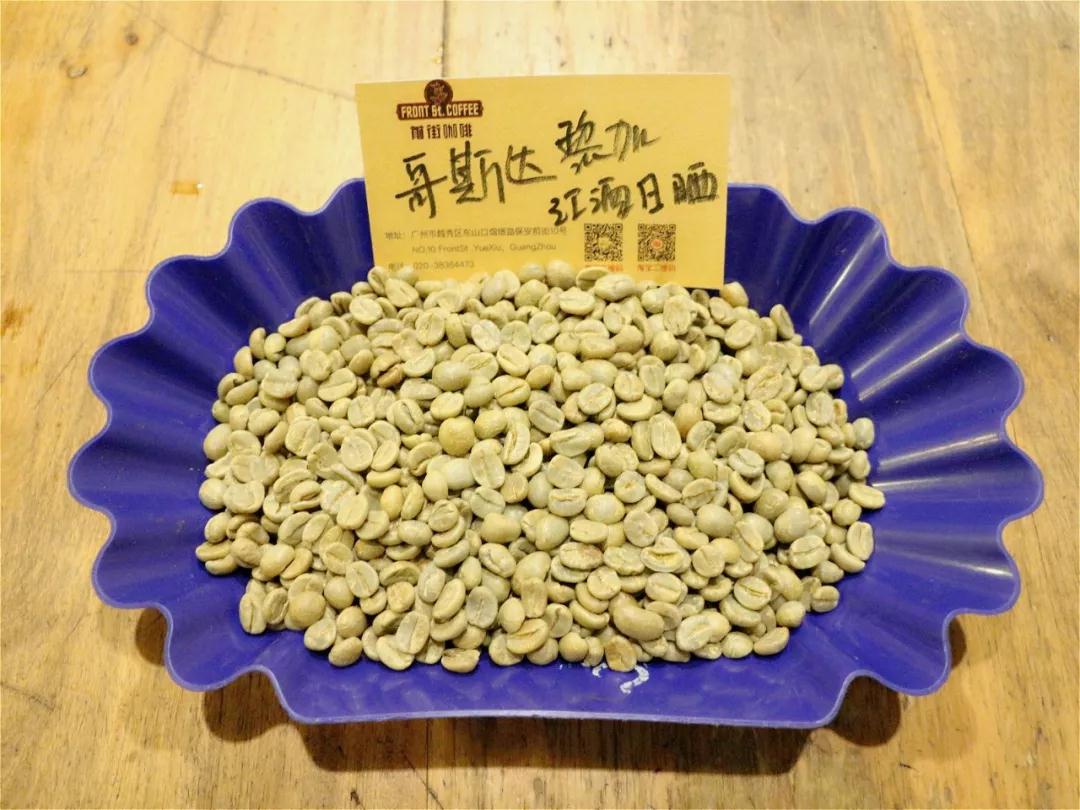
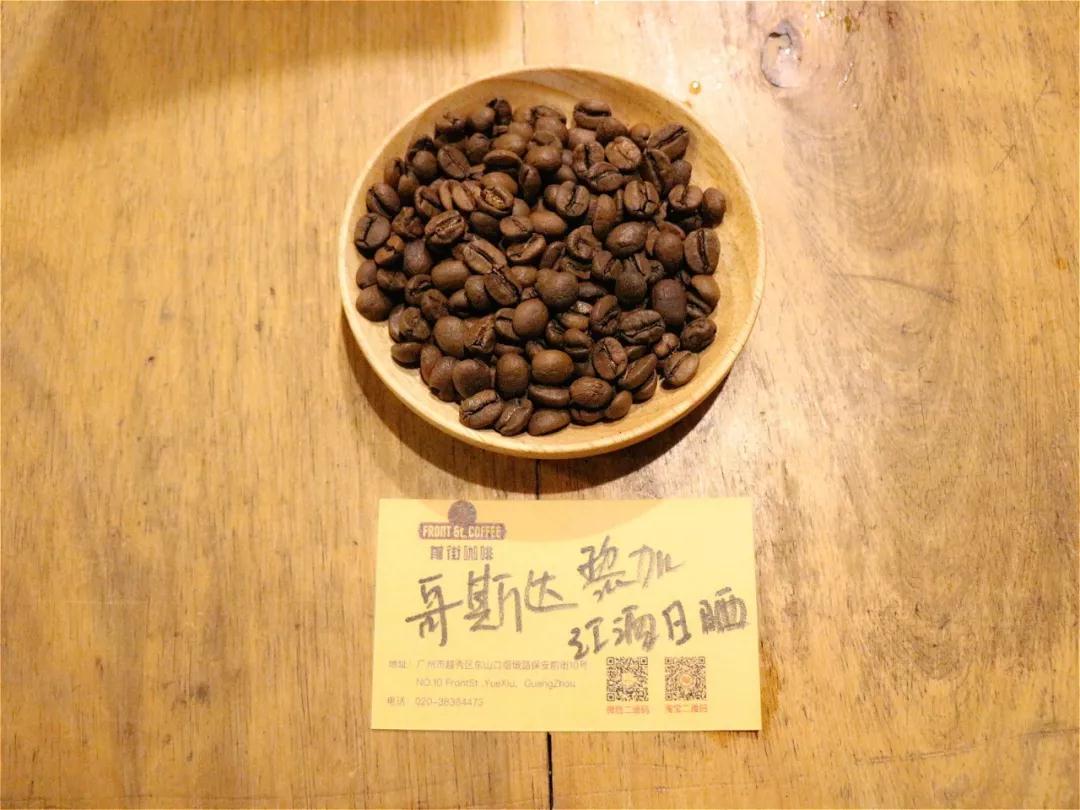
04 | Baking analysis
This coffee has a round raw bean, yellowish green, good evenness and low moisture content. The goal of baking is medium baking, which retains soft acidity on the one hand and shows multi-level red wine fermentation and nutty aromas on the other.
In the first batch of baking, the lower bean temperature is relatively high, the bean temperature is 200 degrees, and the firepower is also relatively high. In the process of baking, it was found that the bean was high above sea level and hard, and the baking method of lengthening dehydration, gradually lowering the fire and climbing steadily was adopted, and the firepower was adjusted before the bean entered the yellow point, dehydration and explosion to avoid burning. and choose to come out in 2 minutes and 50 seconds after the end of the explosion to prolong the caramelization reaction time and retain more flower aroma, alcohol thickness and wine aftertaste.
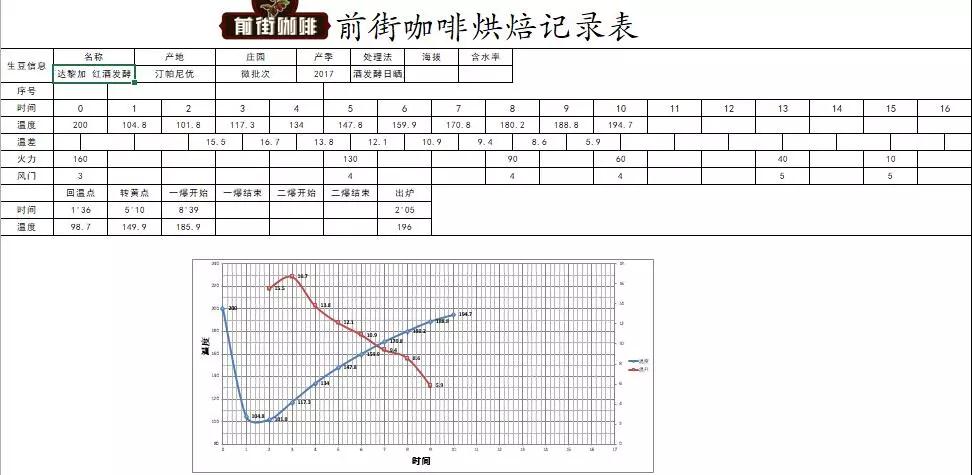
Yangjia 600g semi-straight fire
Enter the pot at 200 degrees Celsius, adjust the firepower to 160 degrees after opening the throttle for 30s, keep the throttle unchanged, the temperature return point is 1 "36, keep the firepower, the bean watch turns yellow in 5: 10" seconds, the smell of grass disappears completely, enter the dehydration stage, the firepower is reduced to 130 degrees, and the throttle is adjusted to 4.
8'25 "dehydration completed, firepower reduced to 60 degrees, 8pm 39. At 30 ", ugly wrinkles and black markings appear on the bean surface, and the smell of toast obviously changes to the smell of coffee, which can be defined as a prelude to an explosion. At this time, listen carefully to the sound of the explosion point, start to explode at 8: 39", adjust the firepower to 40 degrees, adjust the throttle to 5 (the firepower should be very careful, not so small as to be free of bursting sound), develop 2o05 "after an explosion, and put it into the pot at 196 degrees.
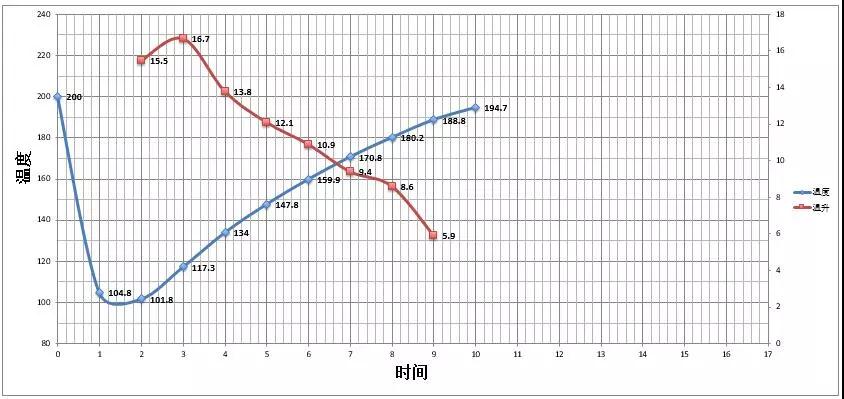
Glass test flavor: red wine, berries, hazelnuts, chocolate
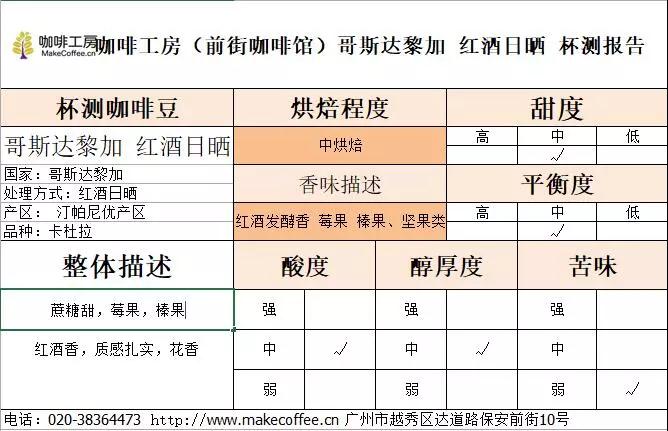
05? cooking analysis
Recommended cooking method: hand flushing
Degree of grinding: (Japanese little Fuji R440) 3.5
V60 filter cup, 15g powder, water temperature 90-91 degrees, grinding 3.5.The ratio of water to powder is close to 1:15.
26 grams of water is steamed for 30s
Section: the first stage of water injection uses a small flow, the central circle, vertical water injection to 125g cut off; the second stage water injection with a small flow, more around the outer circle, slow water injection to 225g
That is, 26-125-225g
Bean grinder
Grinding degree
Powder quantity
Filter cup
BG
4z
15g
V60
Water temperature
Stuffy steam
The second stage of water quantity
The third stage of water quantity
Total time 2:04
90-91 degrees
26g water steaming for 30s
99g
100g
Total water volume: 225g
Sweetness: ☆☆
Acidity: ☆☆
Bitterness: ☆
Other suggestions for trickling extraction:
Normal pressure, recommended grinding degree of 3.5-4, water temperature 90 °C
Philharmonic pressure, recommended 2.5 grinding degree, water temperature 90 °C
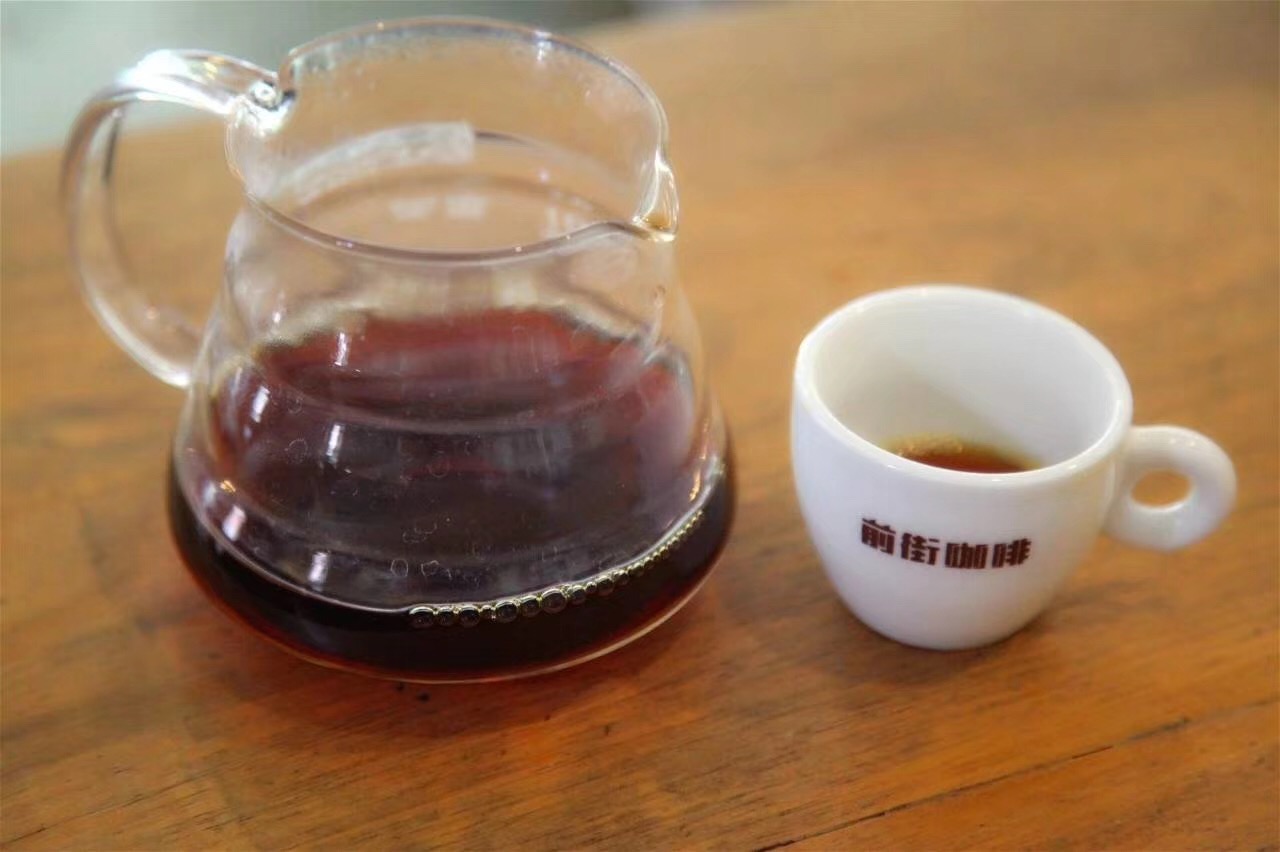
Important Notice :
前街咖啡 FrontStreet Coffee has moved to new addredd:
FrontStreet Coffee Address: 315,Donghua East Road,GuangZhou
Tel:020 38364473
- Prev
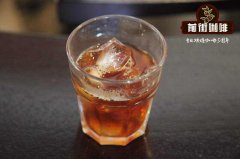
What are the taste and flavor characteristics of Aharal coffee? Ethiopian coffee producing area
Professional coffee knowledge exchange more coffee bean information please follow the coffee workshop (Wechat official account cafe_style) Essex coffee sub-coffee Harald coffee taste and flavor characteristics? Description of mocha Harald Coffee in Ethiopia Coffee producing area? Coffee is already a necessary drink for many people every day. If there are pesticide residues in coffee, it will be harmful to human health if it accumulates for a long time.
- Next

What are the coffee producing areas of Ethiopian coffee forest? Harald coffee producing area of Ethiopia
Professional coffee knowledge exchange more coffee bean information please follow the coffee workshop (Wechat official account cafe_style) what are the coffee forest coffee producing areas in Ethiopia? Description of the flavor and taste of Harald coffee beans in Ethiopia coffee producing area? The coffee producing area of Ethiopia is divided into east and west walls by the East African Rift Valley, which evolves separately. West Ethiopia: Lake Tana (Lake
Related
- Detailed explanation of Jadeite planting Land in Panamanian Jadeite Manor introduction to the grading system of Jadeite competitive bidding, Red bid, Green bid and Rose Summer
- Story of Coffee planting in Brenka region of Costa Rica Stonehenge Manor anaerobic heavy honey treatment of flavor mouth
- What's on the barrel of Blue Mountain Coffee beans?
- Can American coffee also pull flowers? How to use hot American style to pull out a good-looking pattern?
- Can you make a cold extract with coffee beans? What is the right proportion for cold-extracted coffee formula?
- Indonesian PWN Gold Mandrine Coffee Origin Features Flavor How to Chong? Mandolin coffee is American.
- A brief introduction to the flavor characteristics of Brazilian yellow bourbon coffee beans
- What is the effect of different water quality on the flavor of cold-extracted coffee? What kind of water is best for brewing coffee?
- Why do you think of Rose Summer whenever you mention Panamanian coffee?
- Introduction to the characteristics of authentic blue mountain coffee bean producing areas? What is the CIB Coffee Authority in Jamaica?

